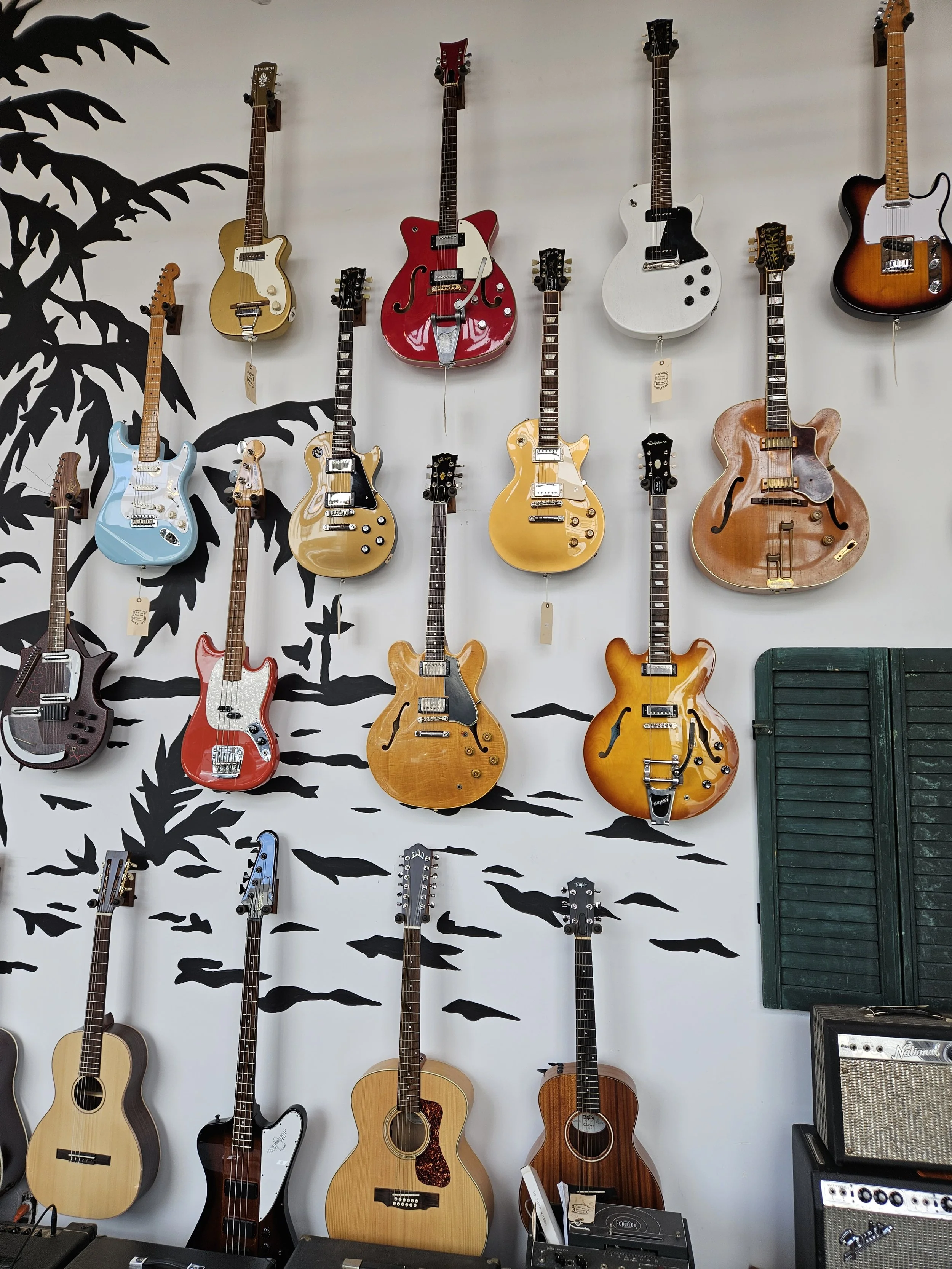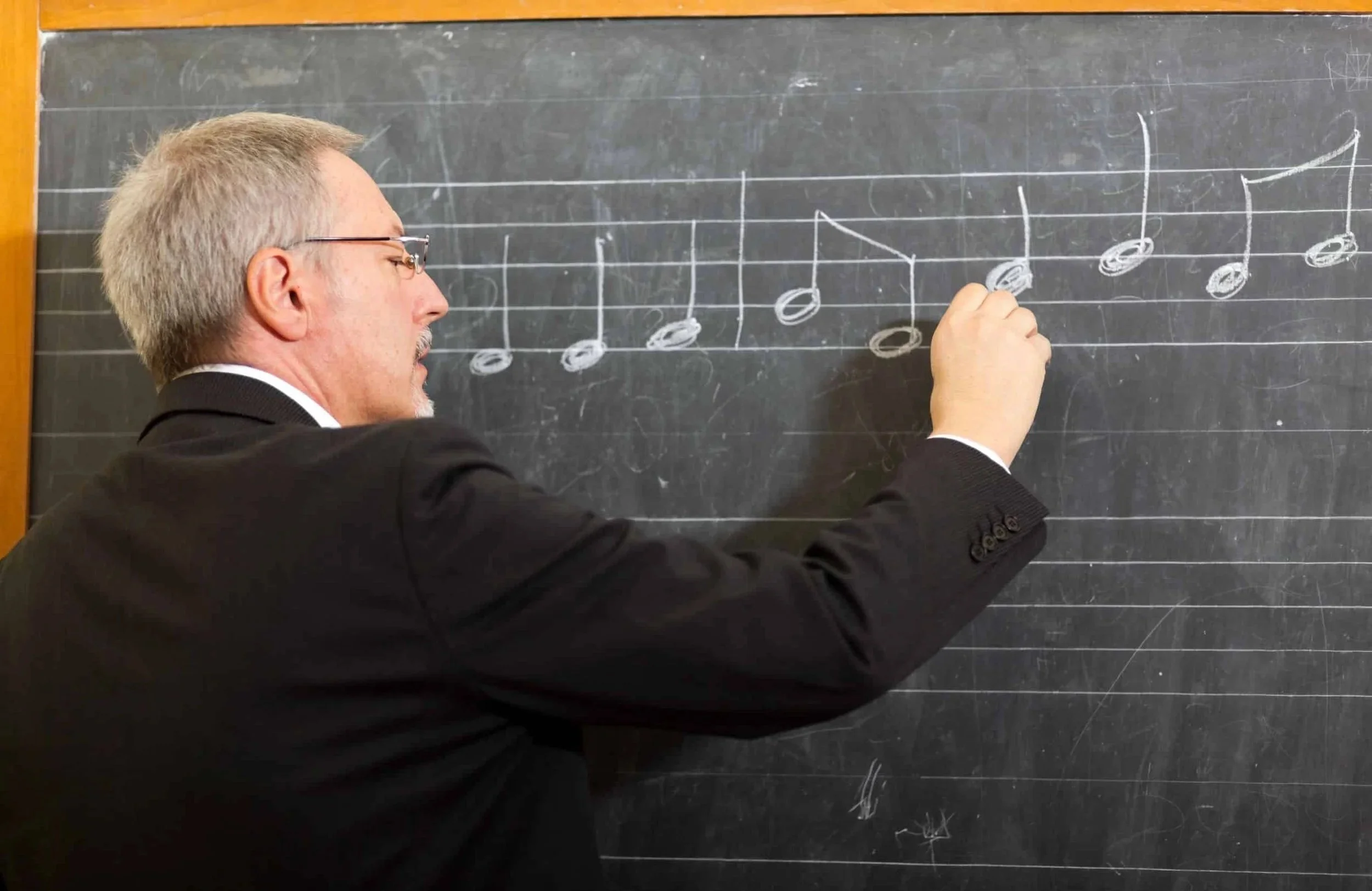
Power Statement: As a music educator, I create student-centered classrooms where choice and creativity drive learning, and every student builds the confidence to say, ‘I can do hard things.’”
As a music educator, my purpose is to nurture both musicianship and character by designing student-centered learning environments that encourage curiosity, persistence, and creativity. I believe all students can grow when instruction is differentiated, culturally responsive, and rooted in high expectations paired with meaningful support. My teaching philosophy combines structure and freedom so students master fundamental skills like rhythm, tone, and notation while exploring how music connects to their own stories, cultures, and emotions.
My approach follows the principles of Universal Design for Learning (UDL), offering multiple means of engagement, representation, and expression. I intentionally design lessons that make every learner feel successful, whether through movement, visual models, peer collaboration, or digital tools. For example, I apply what I call the “sneaking in the vegetables” method, embedding essential skill-building like metronome practice and repetition inside creative, game-like activities. Instead of simply drilling scales, students might play along with a backing track that feels like a real performance, turning disciplined practice into joyful music-making.
I integrate technology and reflective learning to help students take ownership of their progress. Using recording software and digital audio workstations (DAWs), students can listen back, self-assess, and identify time-stamped strengths and improvement areas. This process encourages metacognition and mirrors my own professional reflection as an educator, aligning with TPE 6, Developing as a Professional Educator.
Ultimately, my goal is to guide students toward becoming independent, creative, and confident musicians who embrace challenges and see themselves as capable learners. When students leave my classroom saying, “I can do hard things,” I know they have gained more than musical skill. They have developed the mindset to learn, grow, and persevere throughout life.
Teaching Philosophy
Lesson Plans
Keeping Time with Backing Tracks
This lesson helps students strengthen their sense of rhythm by practicing with backing tracks instead of a traditional metronome. By playing along with tracks created in iReal Pro, GarageBand, or YouTube, students stay engaged while developing timing and ensemble skills. The activity also encourages reflection, as students compare their performance to the track and consider how steady pulse improves their playing.
Recording a Simple Melody in a DAW
This lesson guides students through the process of recording a short melody using a digital audio workstation (DAW). By setting up a track, recording, and then listening back, students practice both technical and musical skills while developing self-reflection. The activity encourages them to identify strengths and areas for improvement on their own, making practice more engaging and meaningful.
Playing “Mary Had a Little Lamb” on Violin Using Pizzicato Technique
This lesson guides beginning violin students through learning and performing “Mary Had a Little Lamb” using pizzicato technique. Students practice playing with accurate pitch, steady rhythm, and proper left-hand finger placement while developing confidence in performing a recognizable melody. By engaging in guided repetition and teacher modeling, students strengthen their fine motor coordination and ear training skills.
Throughout the lesson, students reflect on their progress by identifying specific moments where they played accurately and moments that need improvement. This promotes self-assessment, metacognition, and ownership of learning, helping students connect deliberate practice with musical growth. The activity makes foundational violin practice engaging and meaningful by combining technical skill development with a familiar, enjoyable song.
Teaching Philosophy video
4th Grade Recorder Class(2022) – Grand Vision Foundation
This video features a 4th grade recorder class I taught through the Grand Vision Foundation during my second semester with the students. By this point in the year, the class had developed strong foundational skills and was working at an advanced level for elementary recorder. In this lesson, we reviewed low E and low D, which had been introduced the previous week, and learned several new songs that incorporated these notes. The video demonstrates my use of scaffolded instruction, modeling, and rhythmic echo activities to reinforce tone production, pitch accuracy, and steady tempo. It also highlights how I promote student engagement and musical literacy through positive reinforcement, repetition, and clear transitions between review and new material.
4th and 5th Grade Advanced Orchestra(2025) – Meyler Street Elementary
This video features my 4th and 5th grade advanced orchestra class at Meyler Street Elementary as we prepare for our upcoming winter concert performance of Silent Night. In this lesson, we focus on learning the 5th and 6th lines of the piece—the final section of the song, which builds on what we learned the previous week. By this point in the semester, students had already developed strong technical fluency with the D major scale, which they have studied for two years. These final lines challenged them to go beyond that scale by introducing three new notes on the high E string of the violin—E0 (open E), E1.5 (high G), and E1 (high F#)—which none of the students had used before in class.
The lesson demonstrates my use of scaffolded instruction, modeling, and guided repetition to help students extend their range while maintaining proper tone, intonation, and rhythm. I move gradually from short technical drills (like transitioning between E0 and E1.5) to full melodic phrases, reinforcing rhythmic accuracy with verbal cues such as “long, short, short” for dotted rhythms. The video also highlights my emphasis on student engagement and vocabulary reinforcement, as seen when I pause to reteach the term tempo and connect it to the concept of musical speed.
Throughout the lesson, my joyful and encouraging tone helps maintain a positive classroom atmosphere. I provide clear transitions, encourage student participation, and join on guitar during the final performance to model musical phrasing and ensemble awareness. The result is a class that feels confident, expressive, and excited to showcase their progress at the winter concert.
Reflection – “Silent Night” (Advanced Orchestra, Meyler Street Elementary)
Timestamped Areas of Strength
0:10–0:25 – Clear Lesson Framing and Visual Support:
I begin the lesson by reminding students that we previously learned the first four lines of Silent Night and that today we’ll be finishing the piece by learning the last two lines. By writing the notation, rhythms, and finger positions on the whiteboard in advance, I provide a strong visual anchor that helps students anticipate what’s coming. This structure keeps the class focused and sets a clear musical goal for the day.
0:30–1:15 – Scaffolded Introduction of New Notes:
When introducing the new notes beyond the D major scale—E0, E1.5 (G), and E3—I use modeling and guided repetition to help students connect new finger positions to familiar concepts. Students practice transitions between E0 and E1.5 several times, and they quickly demonstrate accurate pitch and confident tone. This shows growth in their ability to apply prior technical knowledge (D major scale) to unfamiliar territory.
1:26–2:00 – Rhythmic Reinforcement and Knowledge Check:
I connect new melodic material to previously learned rhythms (“long, short, short”) and use questioning to check understanding. When I cover the board and ask for the fingering of C#, a student correctly responds with “A2,” demonstrating strong long-term retention and internalization of pitch relationships.
4:00–9:45 – Student Engagement and Flow:
The pacing throughout the lesson remains strong as students move naturally from short technical exercises to complete performance runs. I consistently preview what will happen next (“Now we’ll try the full 5th line,” “Let’s put the 5th and 6th lines together,” “Now we’ll play the whole song”), keeping students oriented and confident. My tone remains joyful, supportive, and encouraging. Comments like “Beautiful!” and “That sounds amazing!” help sustain motivation and build ensemble pride. When I join on guitar for the final run-through, the energy in the room clearly lifts, demonstrating ensemble cohesion and student excitement.
Timestamped Area for Improvement
4:32–5:44 – Vocabulary Reinforcement (Tempo):
During the check for understanding of the term tempo, students show confusion about its meaning. One student thinks it refers to pitch, another to dynamics. While I successfully re-teach the term and reinforce that it means speed, this moment highlights an area for improvement: vocabulary retention. Even though this is an advanced class, I need to integrate more frequent verbal and written reinforcement of key musical terms throughout rehearsals to ensure deeper understanding over time.
Reteach Adjustments
In future lessons, I plan to:
Reinforce vocabulary continuously by integrating quick exit tickets or call-and-response reviews (“What does tempo mean?” “Speed!”) at the start or end of class.
Incorporate brief peer-led teaching moments, where students define or demonstrate key concepts (like tempo or articulation) for one another.
Continue to scaffold advanced material—like the extended D major range—by pairing visual board notation with fingerboard mapping exercises, allowing students to make clear mental connections between new notes and the familiar D major structure.
Summary Reflection
This lesson demonstrates my ability to scaffold technical skill development while maintaining strong pacing, clarity, and student engagement. Students expanded their range on violin, integrated rhythmic understanding, and developed ensemble awareness through repetition and real-time feedback. My joyful and encouraging demeanor helped sustain focus and motivation, creating a learning environment where students felt successful and inspired as they prepared for their upcoming performance.
Student Resourses
MusicTheory.net
Link: https://www.musictheory.net
Free lessons and exercises on notes, rhythm, intervals, and chords that help students strengthen their music theory skills.
SmartMusic
Link: https://www.smartmusic.com
A practice tool that gives students access to sheet music, play-along tracks, and immediate feedback on performance accuracy.
Teoria
Link: https://www.teoria.com
Interactive tutorials and ear training exercises designed to improve music reading, listening, and analysis.
Sight Reading Factory
Link: https://www.sightreadingfactory.com
Generates unlimited sight-reading exercises at different levels, helping students improve their reading skills step by step.
Chrome Music Lab
Link: https://musiclab.chromeexperiments.com/
A fun set of online experiments where students can explore rhythm, melody, and harmony in a hands-on way.
YouTube – Rick Beato Channel
Link: https://www.youtube.com/c/RickBeato
An educator’s channel with lessons, song breakdowns, and practice tips that make music theory and performance more accessible.








